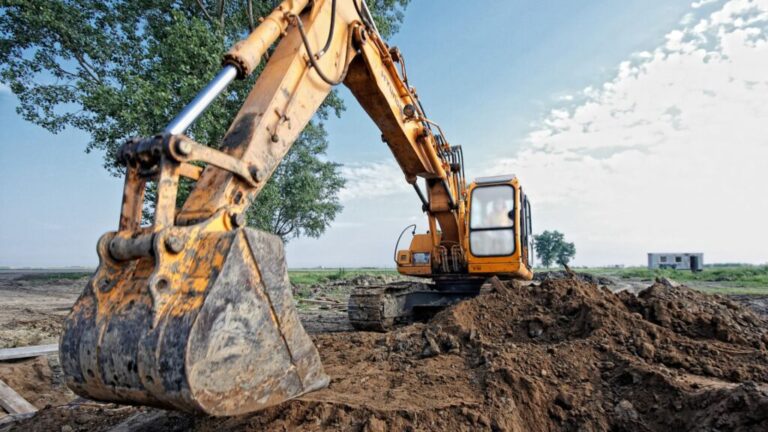Learn How to Maintain a Clean and Productive Workspace with Office Cleaning Services
The cleanliness of the office is not just a matter of looks but also influences the productivity of employees. In the modern professional world, where the quality of the workspace directly impacts the confidence and performance of employees. Thus, the importance of proper office cleaning cannot be overstated. This comprehensive blog highlights the significance of maintaining a clean and productive workspace. Therefore, it outlines best practices and provides an understanding of how businesses from various industries can enhance their cleaning routines.
Why is Office Cleaning Important?
A clean office is not just a tidy space; it’s a strategic advantage for your business. Hence, it leaves a lasting impression on clients, boosts employee morale, and enhances productivity. Here’s why prioritizing cleaning your office is a smart move for your business:
- Health:
A clean office prevents germs from affecting employees. Thus, consistent cleaning of high-touch surfaces like desks, doorknobs, and shared areas results in health benefits and a healthier working environment.
- Productivity:
Busy and dirty environments tend to interfere with workflow by being distractive. A clean and well-arranged office will help workers maintain concentration so they stay focused on carrying out their work on time.
- Morale:
Working in a clean and maintained office can uplift employees’ morale. It shows that the employer cares for the well-being of an employee and creates a good working environment.
- Professionalism:
A well-kept office space is a reflection of your business’s professionalism. It not only boosts employee morale but also instills confidence in clients and stakeholders, thereby enhancing your business’s overall reputation.
Best Practices for Workplace Cleaning
Office cleaning can be effective when following a systematic approach to maintain daily and periodically scheduled deep cleaning activities. Some best practices include:
- Cleaning Surface:
Regularly wipe desks, tables, and countertops with a cloth soaked in disinfectant to remove all dust, dirt, and germs.
- Floor Care:
Daily vacuuming of carpets and mopping of hard floors prevents debris build-up and presents your office in a professional light.
- Trash Removal:
Relieves trash, replacing liners as needed to keep your offices from holding odors and enables their users to have sanitary conditions.
- Cleaning Restroom:
Disinfect fixtures, countertops, and floors several times throughout the day to ensure a germ-free environment.
- Dusting:
Dust all surfaces—shelves, light fittings, and office appliances—to bring down allergens and maintain air quality.
- Deep Cleaning:
Plan deep cleaning activities in your routine, such as carpet shampooing, upholstery cleaning, and washing the windows, to eliminate the collected dirt.
- Kitchen and Break Room Cleaning:
Adequately clean appliances, countertops, and shared spaces from all sources to avoid the risk of food contamination and maintain high hygiene at all times.
- Green Cleaning Practices:
Try researching adopting environmentally friendly cleaning products and practices that can help lower environmental damage and promote sustainability.
- Professional Services:
Contract professional cleaning services, such as carpet cleaning, floor waxing, and HVAC system maintenance, for professional and quality service delivery.
Adapting Cleaning Solutions to Office Needs:
A unique design for the cleaning program in each office would be needed, with regard to the size and layout as well as other industry-specific factors inherent in the office. These things should be considered in designing effective and efficient cleaning solutions:
- Office Layout:
Large, open-plan offices may require additional servicing to clean high-traffic areas and public spaces.
- Industry standards:
There are some industries whose standards and regulations require certain levels of cleanliness—such as healthcare and hospitality.
- Employee Preferences:
Ask employees for input about cleaning preferences and areas of concern so that their needs are met.
Introducing a Cleaning Schedule:
A cleaning program should be formulated so that there is uniformity in approach in the various office sections, which guarantees that no section is left untouched. Critical steps in the implementation of a cleaning program by Dynamic Building Maintenance include:
- Assessment:
A preliminary evaluation of the office space to identify high-traffic problem areas and spots that need special cleaning.
- Planning:
Develop a detailed cleaning schedule for each of the daily, weekly, and monthly cleanings; allocate tasks to the people or the team members responsible for the cleaning.
- Execution:
Observe and monitor the cleaning activities to ensure proper execution of the set schedule and laid-down standards.
- Feedback:
Getting input from the employees and the cleaning staff can help in observing where improvement is needed and, hence, making some necessary adjustments to the cleaning timetable.
Conclusion:
Investment in office cleaning goes a long way toward achieving overall success and the general well-being of a business. Placing importance on cleanliness allows businesses across the world to cultivate a healthier and more productive work environment. Therefore, that raises employee satisfaction and promotes a culture of professionalism and a good company reputation. Adoption of regular maintenance routines, use of tailored cleaning solutions, or innovation in the adoption of new cleaning technology. Everything is done to reach a status of cleanliness within an office space. Hence, it is a move toward a positive workplace culture and sustainable growth of a business.




